Introduction to Fly Fishing
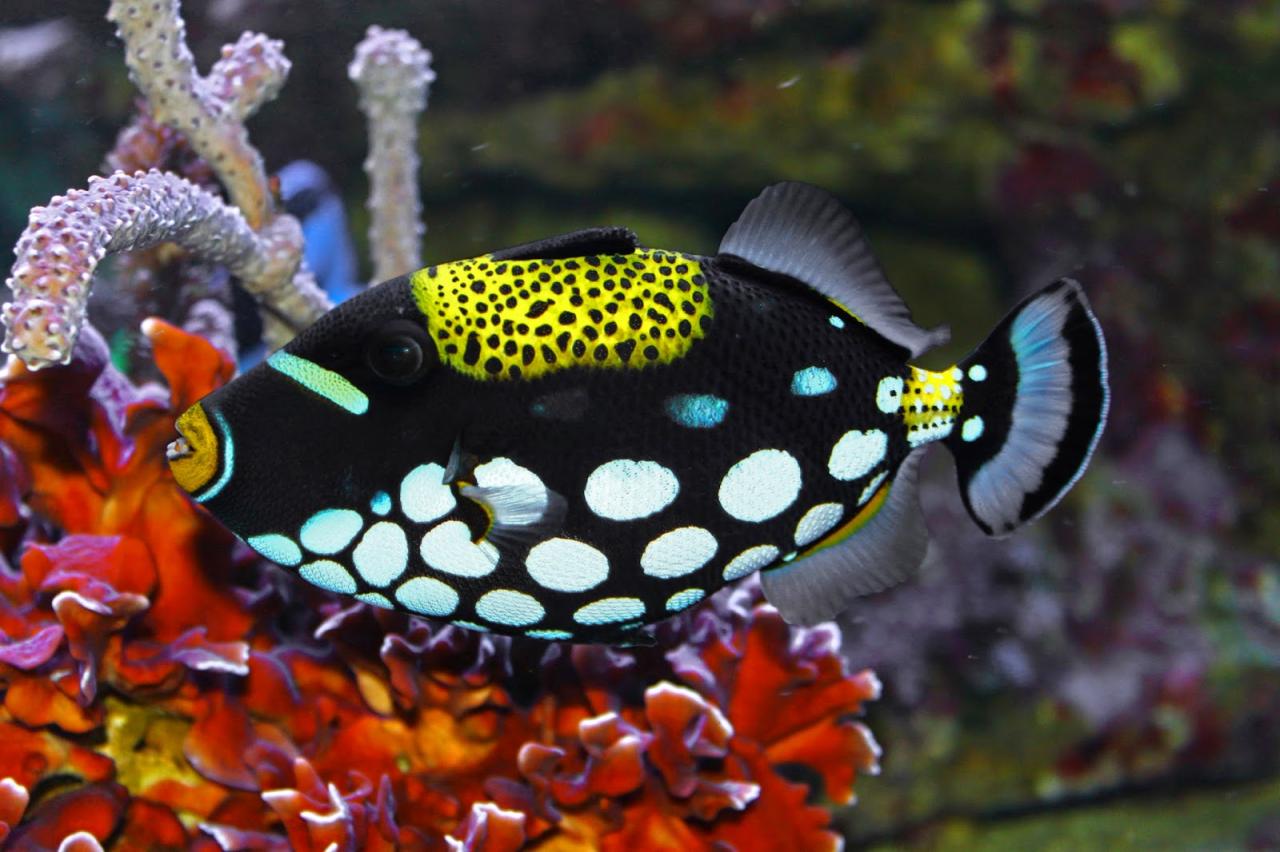
Fly fishing, a unique angling method, distinguishes itself from other techniques through its delicate and precise approach. Rather than employing heavy tackle and aggressive tactics, fly fishing emphasizes finesse and respect for the environment. This method focuses on mimicking natural insects and other aquatic life to entice fish into a gentle, controlled take.
Fly fishing’s allure lies in its artistry and the connection it fosters with nature. It requires a keen understanding of the environment and the behavior of the fish, promoting patience and observation skills. This meticulous approach sets fly fishing apart, creating a rewarding experience for anglers of all skill levels.
Fundamental Principles of Fly Fishing
Fly fishing relies on the subtle presentation of a fly, a small artificial lure mimicking natural prey. The angler casts the fly, allowing it to drift naturally in the current, mimicking the movement of an insect. This delicate presentation requires precise casting techniques and an understanding of the water’s flow, which helps the fly reach the fish’s position without spooking it. The angler must also anticipate the fish’s reaction and adjust their presentation accordingly.
Equipment Required for Fly Fishing
Fly fishing necessitates specialized equipment, each component contributing to the art of presenting the fly. A fly rod, designed for delicate casting, features a lighter build than traditional rods. A fly reel, often smaller and less powerful than spinning reels, is matched to the rod’s sensitivity. Fly lines, designed to float or sink as needed, mimic the movement of natural insects in the water. Essential accessories include a variety of flies, forceps for tying and handling flies, and waders for wading in the water. Proper footwear and clothing are essential for comfort and safety.
History of Fly Fishing
Fly fishing’s history dates back centuries, evolving from practical methods of catching fish to a sophisticated art form. Early forms of fly fishing involved the use of natural materials like feathers and fur for creating flies. Over time, techniques and materials have improved, leading to the sophisticated equipment used today. Fly fishing has held cultural significance as a symbol of respect for nature and a connection with the outdoors. Its rich history continues to inspire anglers today.
Essential Terminology
Fly fishing boasts a unique vocabulary. Key terms include:
- Casting: The act of propelling the fly line and fly through the air to the target location.
- Drift: The natural movement of the fly line and fly through the water.
- Flies: Artificial lures, mimicking natural insects, used to entice fish.
- Line: The material that connects the reel to the fly.
- Rod: The tool used to cast the line and fly.
- Nymph: A type of fly that imitates aquatic insects.
These terms help to understand the nuances of the sport.
Comparison of Fly Fishing with Other Fishing Methods
| Feature | Fly Fishing | Spinning Fishing | Bait Fishing |
|---|---|---|---|
| Rod | Lightweight, flexible, designed for delicate casting | Moderate weight, balance between power and sensitivity | Variable weight, depending on the size of the bait |
| Reel | Small, lightweight, less powerful than spinning reels | Moderate size, with more powerful drag systems | Variable size and type, often less sophisticated than spinning reels |
| Line | Floating or sinking lines, tailored to the water conditions | Monofilament or braided lines, often with specific sinking or floating properties | Line types vary greatly, dependent on the bait used |
| Technique | Delicate presentation, mimicking natural prey | Active retrieve, using lures to stimulate fish | Passive or active, depending on the bait used |
This table highlights the key differences between fly fishing and other common fishing methods, showcasing the unique characteristics of each.
Choosing Your Fly Fishing Gear
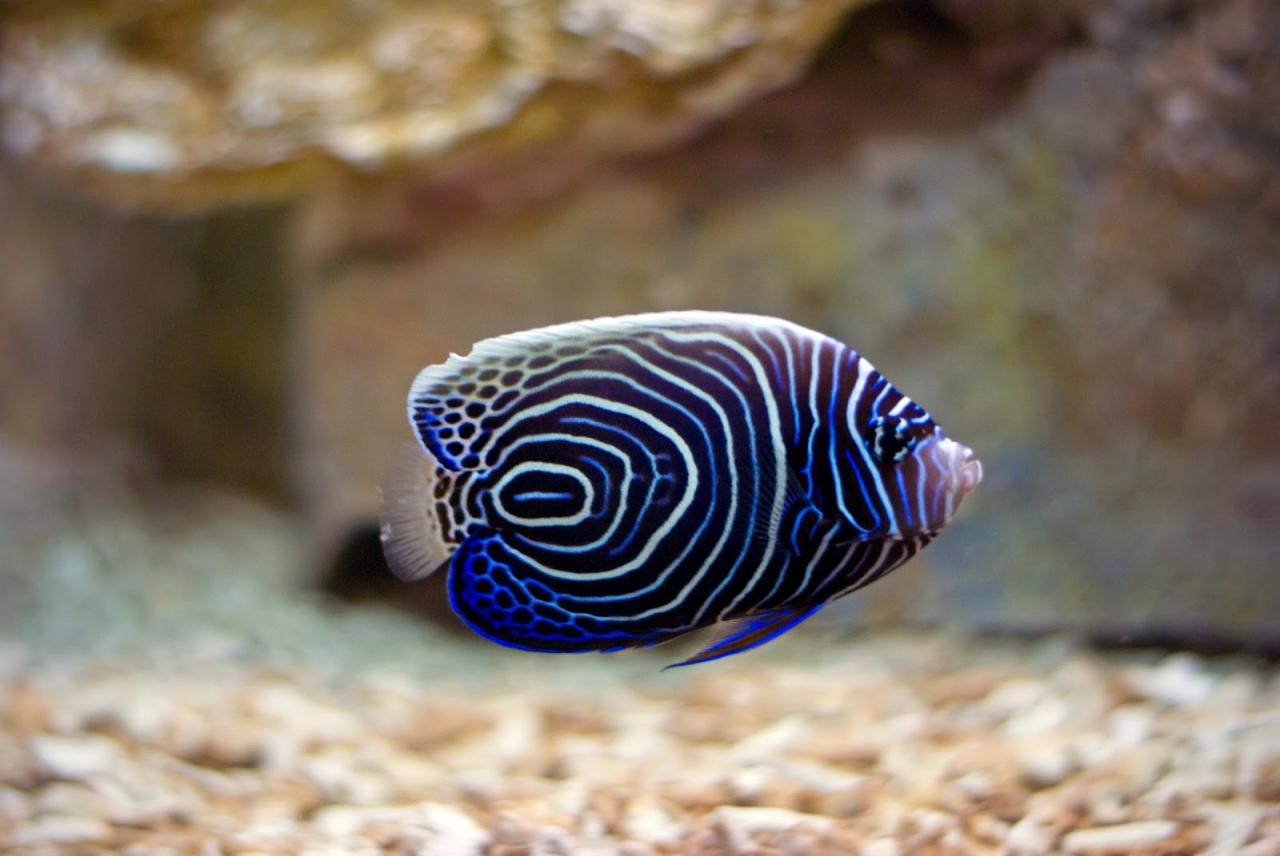
Selecting the right fly fishing gear is crucial for a successful and enjoyable experience. Matching your equipment to the specific fishing conditions and your skill level will significantly impact your chances of success. Proper rod, reel, line, and leader selection are key components in casting effectively and presenting your fly to the fish.
Understanding the various types of gear available and their respective strengths allows anglers to make informed decisions, maximizing their potential in different fishing environments. This section delves into the nuances of rod types, reel functionality, line properties, hook varieties, leader and tippet choices, and provides a practical guide for choosing the appropriate equipment for various fishing locations.
Fly Fishing Rods, How to fish with flies
Different rod types cater to specific fishing styles and environments. A long, lightweight rod excels in casting long distances, while a shorter, stiffer rod is ideal for precise presentations in close quarters. The rod’s action (how it bends) is also important; a fast action rod bends less and offers more power for casting, while a moderate or slow action rod bends more, providing more sensitivity and control.
- Fast Action Rods: Excellent for casting long distances and covering large water bodies. These rods are typically used for trout fishing in larger rivers or lakes where a longer cast is often necessary to reach the target fish.
- Moderate Action Rods: Provide a balance between casting distance and sensitivity, making them versatile for various applications. They are well-suited for a wider range of fishing scenarios, including trout streams, smaller rivers, and lakes.
- Slow Action Rods: Primarily designed for delicate presentations and increased sensitivity. These rods are ideal for fishing in streams with challenging currents or for fishing for smaller fish where precise movements are crucial.
Fly Fishing Reels
Fly fishing reels are designed for smooth and precise line management. Different reel types cater to various fishing styles and line capacities. The drag system is critical, ensuring the reel can handle the strain of fighting a fish without losing the line.
- Fixed-Spool Reels: These reels offer a straightforward and simple design, typically used with lighter lines for smaller streams or when precision is key.
- Multi-Spool Reels: Ideal for anglers who fish with multiple fly lines or want the capacity to hold different line weights, often used for varied river conditions.
- Reels with Improved Drag Systems: Essential for handling larger fish. These reels feature advanced drag systems, enabling the angler to better manage the powerful struggles of larger fish without losing the line.
Fly Fishing Lines
Fly lines are crucial for casting and presenting flies effectively. The line’s weight and buoyancy determine its casting performance and how it floats on the water.
- Floating Lines: Maintain a consistent float on the water’s surface, presenting the fly naturally. Excellent for still water and calm streams.
- Sinking Lines: Submerge the fly beneath the surface, often used in deeper water or when fishing for fish that prefer subsurface feeding. They come in varying sink rates.
- Intermediate Lines: These lines are neutrally buoyant, allowing the fly to float or sink depending on the water conditions. They are suitable for various fishing situations.
Fly Fishing Hooks
Fly hooks are specifically designed for attaching flies. The hook’s shape and size affect the fly’s presentation and the fish’s reaction.
- Standard Hooks: A common choice for various fishing scenarios. They come in different sizes, shapes, and materials. The most common types include curved, straight, and barbless.
- Barbless Hooks: These hooks are designed to reduce the risk of injury to the fish during the capture process, enhancing ethical fishing practices.
Fly Fishing Leaders and Tippets
Leaders and tippets connect the fly line to the hook, creating a delicate presentation. They are typically made from nylon or fluorocarbon, influencing their strength and visibility.
- Nylon Leaders: Common due to their affordability and durability. They are suitable for most fishing situations, particularly when visibility is not a significant concern.
- Fluorocarbon Leaders: Offer superior abrasion resistance and reduced visibility underwater, making them a great choice for murky water conditions. They are more expensive but provide enhanced performance.
Recommended Gear for Different Fishing Locations
| Fishing Location | Rod | Reel | Line | Leader/Tippet |
|---|---|---|---|---|
| Streams | Moderate or Slow Action | Fixed-Spool | Floating or Intermediate | Fluorocarbon |
| Rivers | Fast Action | Multi-Spool | Floating or Sinking (depending on depth) | Nylon or Fluorocarbon |
| Lakes | Fast or Moderate Action | Fixed-Spool or Multi-Spool | Floating or Intermediate | Fluorocarbon or Nylon |
Fly Selection and Presentation
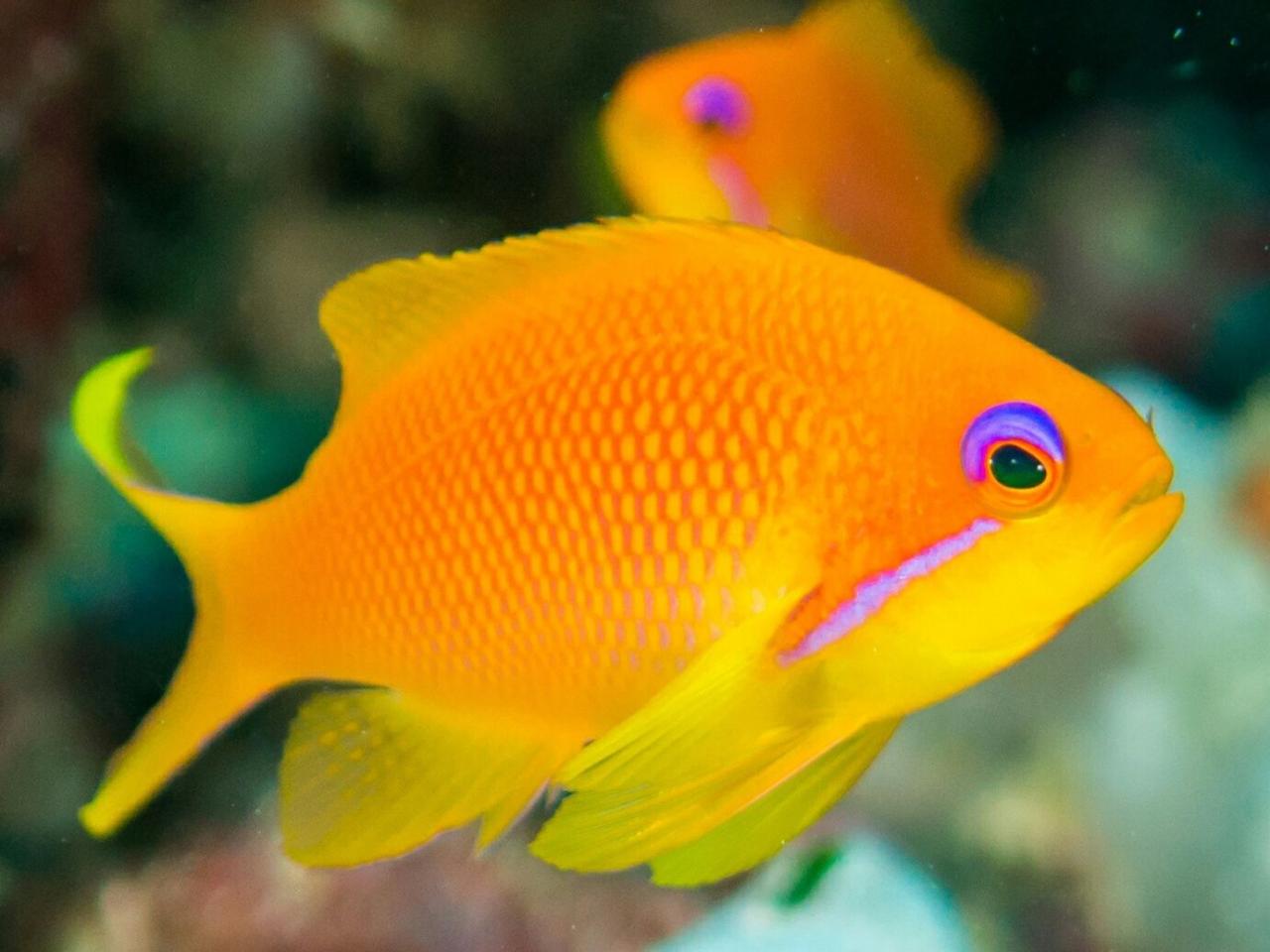
Choosing the right fly and presenting it effectively are crucial for success in fly fishing. Matching the fly to the specific fish and environment is paramount, as is understanding how the presentation influences the fish’s reaction. This section delves into these critical aspects, providing a comprehensive guide to fly selection, presentation techniques, and fly tying.
Effective fly selection and presentation are essential for increasing your catch rate. Knowing the right fly for the right fish and environment, and how to present it convincingly, significantly impacts your success on the water.
Fly Selection for Specific Fish and Environments
Matching flies to the particular fish and environment is a key skill in fly fishing. Different fish species have different feeding habits and preferences, which dictate the fly patterns that are most likely to trigger a strike. Consider the size, color, and profile of the fly in relation to the fish’s visual cues. Understanding the prevalent insect life in the chosen water body is also vital. Imitating these natural insects with your flies significantly improves your chances of success.
Importance of Fly Presentation
Fly presentation is the art of maneuvering the fly in a manner that stimulates the fish’s feeding response. A poorly presented fly can easily be overlooked by the fish, whereas a well-presented fly can trigger an immediate strike. The way the fly moves in the water, the depth at which it is presented, and the speed at which it drifts all contribute to its effectiveness. Consider the fish’s feeding behavior and the current conditions to fine-tune your presentation.
Fly Fishing Casting Techniques and Their Impact on Presentation
Different casting techniques significantly affect the fly’s presentation. Techniques like the overhead cast, the roll cast, and the single-handed cast have varying effects on the fly’s trajectory, drift, and overall presentation. Understanding these differences and their impact on the presentation allows you to adapt your approach to different situations and water conditions. The presentation should be adjusted to the specific situation. For example, a fast-moving current may require a different technique than a slow-moving pool.
Fly Tying Techniques
Fly tying is the process of creating artificial flies to mimic natural insects. Various fly tying techniques exist, each offering unique advantages for creating different fly patterns. Understanding these techniques is vital for matching the fly to the specific environment and fish species. Different fly tying techniques influence the fly’s action and appearance, and this understanding is crucial for successful fly fishing. Experimentation with different techniques allows you to tailor the fly to the specific conditions.
Proper Fly Presentation to Fish
Proper fly presentation involves several key elements. First, ensure the fly is correctly positioned in the water column. This involves casting the fly accurately and ensuring it drifts naturally with the current. Next, pay attention to the fly’s movement. The fly should imitate the movement of a natural insect. Observe the fish’s reaction to your presentation. Adjust your presentation if the fish are not reacting. Careful observation of the fish and their behavior are key to adapting your presentation to their response.
Fly Patterns for Different Fish Species
| Fish Species | Fly Pattern Examples |
|---|---|
| Trout | Adams, Elk Hair Caddis, Pheasant Tail |
| Bass | Deceiver, Rat-L-Trap, Zara Spook |
| Steelhead | Hare’s Ear, Prince Nymph, Stimulator |
| Walleye | Brush Fly, Jig, Tube Fly |
This table provides a starting point for fly selection. Always research the specific fish and environment for the most effective fly patterns.
Fishing Techniques and Strategies
Mastering fly fishing goes beyond simply selecting the right fly and gear. Understanding diverse fishing techniques, fish behavior, and adapting to varying water conditions is crucial for success. Effective strategies can significantly enhance your chances of landing that prized catch, particularly in challenging environments.
Different Techniques for Various Fish Species and Environments
Various fish species exhibit different feeding behaviors and preferences, making specific techniques more effective. Stream fish, for example, often feed in fast-flowing currents, requiring techniques that maintain a delicate balance between stealth and presentation. Techniques like nymphing, where nymphs are presented as if drifting naturally, are particularly effective for trout. Conversely, slow-moving waters or those with deeper structures may necessitate techniques such as sinking lines or specialized flies to reach the targeted fish.
Understanding Fish Behavior and Habitat
Recognizing the habits of the fish you are targeting is paramount. Trout, for example, are known to feed actively during specific times of day, such as early mornings and late evenings. Understanding the specific feeding patterns of the fish in the targeted habitat is key. Observe the fish’s preferred feeding zones and adjust your technique accordingly. Look for signs of feeding activity like disturbed water or fish rising to the surface.
Adapting to Different Water Conditions
Water conditions significantly impact fly fishing techniques. Strong currents necessitate techniques that maintain fly presentation while countering the force of the water. Calm water, on the other hand, allows for more delicate presentations, such as dry fly fishing. Cloudy or murky water often calls for denser or darker colored flies, as fish may have a reduced ability to see the flies clearly. Wind conditions are also crucial, as they can influence the drift of your fly and necessitate adjustments to your casting technique.
Strategies for Catching Fish in Different Situations
Effective strategies are crucial for success in various fishing scenarios. In a fast-moving stream, for example, employing a nymphing technique with a slow retrieve is often more productive than a quick, erratic presentation. If the fish are feeding actively at the surface, a dry fly presentation might be ideal. In deeper water, techniques like sinking lines and specific fly patterns can enhance your chances.
Effective Fishing Strategies for Different Times of Day
Different times of day often correlate with varying fish activity levels. Early mornings and evenings are typically prime times for trout and other species. These periods are often associated with heightened feeding activity. During the heat of the day, fish activity might decrease. Understanding these patterns can influence your choice of technique and fly selection. For instance, employing a slower retrieve during the cooler parts of the day, when the fish are more active, might yield better results.
Comparison of Fishing Techniques
| Technique | Fish Species | Water Conditions | Fly Type | Presentation |
|---|---|---|---|---|
| Nymphing | Trout, Grayling | Fast-moving streams | Nymphs, streamers | Slow, deliberate drift |
| Dry Fly Fishing | Trout, Mayflies | Calm water | Dry flies | Floating presentation |
| Sinking Line Technique | Bass, Walleye | Deep water, slow currents | Subsurface flies | Controlled sinking presentation |
This table provides a basic overview of various techniques. Specific variations and adaptations are crucial for optimal results.
Essential Knots and Maintenance
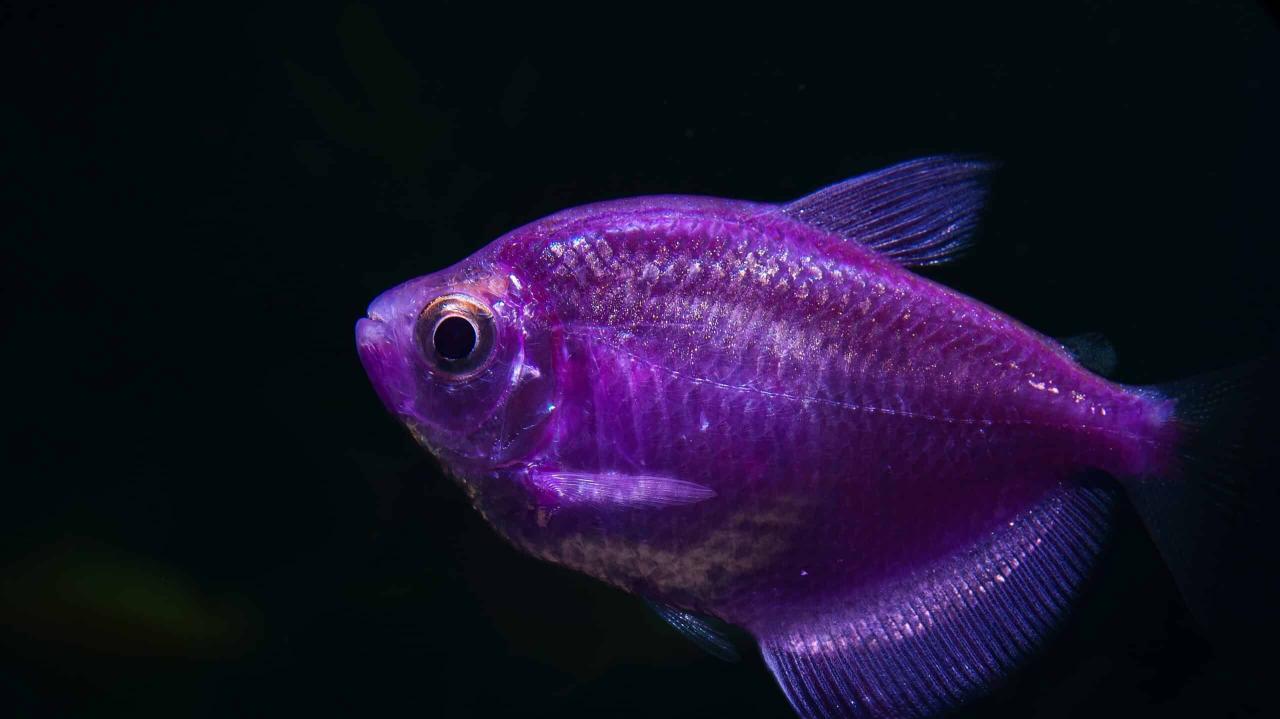
Proper knot tying is critical in fly fishing, ensuring a secure connection between your line, leader, and fly. Incorrect knots can lead to lost fish, damaged equipment, and even personal injury. Maintenance is equally important, extending the lifespan of your gear and ensuring optimal performance. A well-maintained setup translates to a more enjoyable and successful fishing experience.
Importance of Proper Knot Tying
Knots in fly fishing are not merely aesthetic; they are crucial for the safety and effectiveness of your setup. A poorly tied knot can slip, break under stress, or even get caught on obstacles. This can lead to the loss of a fish, or even worse, damage your equipment. Choosing and tying the right knot for the specific task is paramount. Proper knot tying techniques, therefore, minimize these risks and enhance your overall fishing experience.
Essential Fly Fishing Knots
A solid understanding of several essential knots is vital for a fly angler. These knots, when tied correctly, provide secure connections and offer the best performance in various situations. Mastering these knots will enhance your angling efficiency.
- The Improved Clinch Knot: This versatile knot is excellent for connecting tippet to the fly line or leader to the fly line. Its strength and ease of tying make it a popular choice for most anglers. It’s particularly useful when dealing with varying line diameters.
- The Albright Knot: This knot is ideal for joining a tapered leader to the fly line. Its strength and low memory characteristics make it suitable for various line types and conditions.
- The Double Uni Knot: The Double Uni Knot is used to connect the fly line to the leader. It provides a secure knot that is resistant to slippage and is also fairly easy to tie.
Fly Fishing Knot Tying Table
This table provides step-by-step instructions for tying the three essential knots discussed above.
| Knot | Step-by-Step Instructions |
|---|---|
| Improved Clinch Knot | 1. Form a loop with the end of the line. 2. Pass the end through the loop. 3. Wrap the end around the standing line a few times. 4. Pull the end tightly. 5. Tighten the knot. |
| Albright Knot | 1. Form a loop with the end of the leader. 2. Wrap the end of the leader around the fly line several times. 3. Form a second loop. 4. Pass the end of the leader through the first loop. 5. Tighten the knot. |
| Double Uni Knot | 1. Form a loop with the end of the leader. 2. Form a loop with the other end of the leader. 3. Pass the end of the leader through the first loop. 4. Pass the other end of the leader through the second loop. 5. Tighten the knot. |
Importance of Maintaining Your Fly Fishing Equipment
Regular maintenance is crucial for the longevity and performance of your fly fishing equipment. Proper cleaning and storage prevent damage, extend the life of your gear, and ensure smooth operation during your fishing trips. This care ultimately saves you money and frustration in the long run.
Cleaning and Caring for Your Fly Fishing Gear
Regular cleaning prevents buildup of dirt, debris, and salt that can damage your equipment. Use fresh water to rinse your gear after each fishing trip. Ensure your equipment is completely dry before storage to prevent rust and mildew. A well-maintained fishing rod, for instance, will cast more smoothly and last longer.
Storing Your Fly Fishing Equipment
Proper storage protects your equipment from damage and ensures it’s ready for your next adventure. Store your rods in their cases, keeping them upright to avoid bending. Store reels in a cool, dry place. Protect your lines from UV exposure and moisture by storing them in a dry, cool environment.
Fly Fishing Etiquette and Regulations
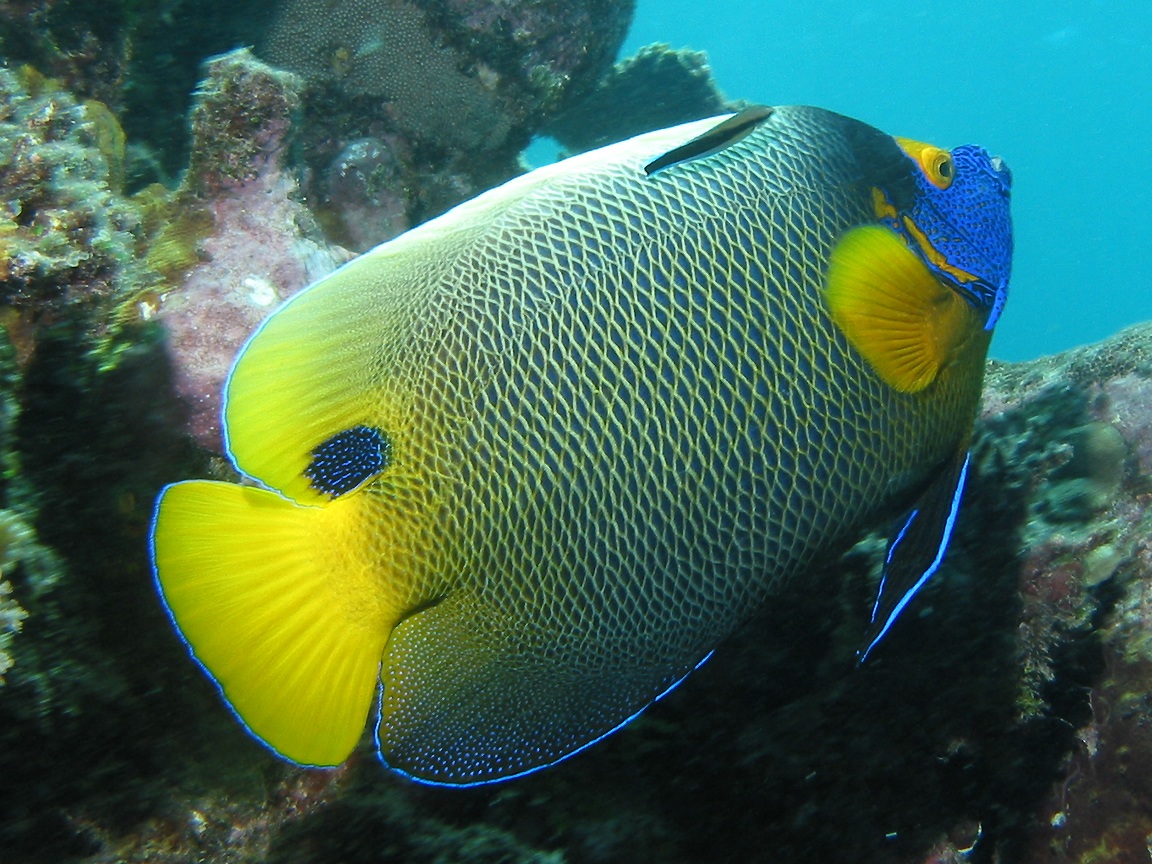
Fly fishing, while a rewarding pastime, requires respect for the environment and other anglers. Understanding and adhering to proper etiquette and regulations is crucial for maintaining the health of fish populations and ensuring a positive experience for everyone. This section explores the importance of responsible fly fishing practices and provides guidelines for various locations.
Responsible fly fishing practices encompass a multitude of actions. From minimizing disturbance to fish and their habitats to adhering to specific regulations, anglers play a key role in protecting the resources they enjoy. Proper etiquette is paramount to maintaining the integrity of the sport and the natural world.
Importance of Responsible Fly Fishing Practices
Responsible fly fishing practices are essential for the long-term sustainability of fishing resources. By following guidelines and regulations, anglers contribute to preserving fish populations and the health of aquatic ecosystems. Responsible practices, such as minimizing habitat disturbance and practicing catch-and-release techniques, directly impact the survival of fish and the overall quality of the fishing experience for everyone.
Rules and Regulations for Fly Fishing in Different Areas
Fishing regulations vary significantly by location, reflecting the specific needs of different ecosystems and fish populations. Understanding these regulations is critical to avoid penalties and ensure compliance. Regulations often address factors such as fishing seasons, bag limits, size restrictions, and protected species.
Ethical Fly Fishing Behavior
Ethical fly fishing behavior goes beyond simply following the rules. It includes respecting the environment, other anglers, and the fish themselves. Examples of ethical behavior include: releasing fish quickly and gently, avoiding unnecessary disturbance to fish and their habitats, and maintaining a respectful distance from other anglers. A responsible angler demonstrates consideration for all aspects of the fishing environment.
Respecting the Environment and Fish Populations
Respecting the environment is an integral part of ethical fly fishing. This includes minimizing disturbance to the riverbanks and streambeds, properly disposing of trash, and refraining from activities that might harm the aquatic ecosystem. Anglers should also be mindful of the impact their fishing activities have on fish populations, practicing catch-and-release whenever possible. Careful handling of fish and swift release are vital to ensure their survival.
Local Fishing Licenses and Permits
Acquiring the necessary licenses and permits is essential for legal fly fishing in any given area. These documents demonstrate compliance with local regulations and help support the management of fish populations. Information on licenses and permits is typically available from local fishing authorities or online resources. This is crucial for both legal and environmental reasons.
Summary of Fishing Regulations for Different Locations
| Location | Fishing Season | Bag Limit | Size Restrictions | Protected Species | License Requirements |
|---|---|---|---|---|---|
| Example River | April 15 – October 31 | 3 trout | Trout over 12 inches | None | Annual license required |
| Lake County | March 1 – December 31 | 5 bass | Bass over 18 inches | Walleye | Daily permit required |
| National Park | May 15 – September 15 | 1 salmon | Salmon over 24 inches | Steelhead | Entrance fee required |
How to fish with flies – Note: Regulations are subject to change. Always consult local fishing authorities for the most up-to-date information.
Troubleshooting and Problem Solving
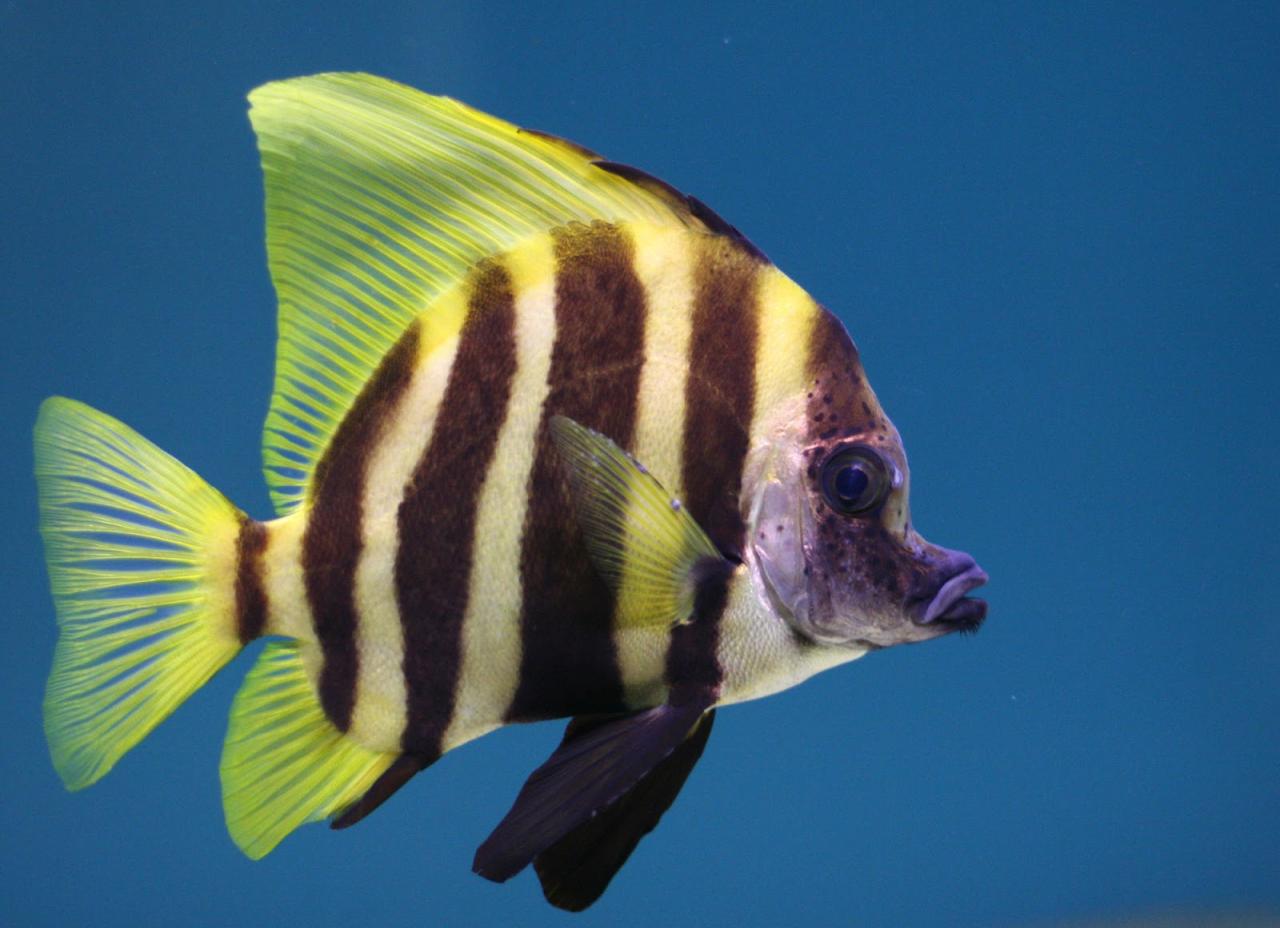
Fly fishing, while rewarding, can present unexpected challenges. Understanding common problems and developing effective troubleshooting strategies is crucial for continued success on the water. This section will explore a range of issues, from equipment malfunctions to difficult fishing conditions, and provide practical solutions to help you overcome these obstacles.
Common Fly Fishing Problems
Troubleshooting begins with recognizing the problem. Identifying the source of the difficulty is often the first step towards a solution. Common issues include equipment malfunctions, ineffective presentations, or challenging fishing conditions.
- Equipment Malfunctions: Line twists, broken leaders, or a malfunctioning reel can significantly impact your fishing experience. These issues are often easily resolved with careful inspection and appropriate maintenance.
- Ineffective Presentations: Casting issues, inappropriate fly selection, or improper fly presentation can hinder your success. Experimenting with different casting techniques, fly choices, and presentation styles is crucial.
- Challenging Fishing Conditions: Strong currents, heavy wind, or low visibility can make fly fishing more demanding. Adjusting your technique, choosing the right gear, and using appropriate strategies are key to success.
Troubleshooting Equipment Malfunctions
Equipment malfunctions are often the easiest to address. A careful inspection and a bit of knowledge can quickly resolve the problem. For example, a twisted fly line can be untangled with the appropriate tools and techniques. Broken leaders can be replaced with new ones.
- Line Twists: These are common, especially in windy conditions or after a long cast. Untwisting can be accomplished with specialized tools, or simply by carefully reversing the direction of the line.
- Broken Leaders: Replacements are readily available and easy to install. Use appropriate knots to attach the new leader to your line.
- Reel Issues: Malfunctioning reels should be examined by a qualified technician. Simple problems, like a loose drag, can be fixed with basic adjustments.
Troubleshooting Ineffective Presentations
Ineffective presentations can often be resolved by evaluating your technique and adjusting your approach. Consider the specific conditions and tailor your presentation to the situation.
- Casting Issues: Adjust your casting technique to account for wind, current, and water conditions. Practice makes perfect; continuous practice and self-assessment can improve your casting.
- Inappropriate Fly Selection: Choose a fly that mimics the insect or bait preferred by the fish in the specific water body. This might involve researching the local fish population or observing the insects present in the area.
- Improper Fly Presentation: Adjust the speed and depth of your fly’s movement to entice the fish. Experiment with different presentations, such as nymphing, dry-fly fishing, or streamer fishing.
Troubleshooting Challenging Fishing Conditions
Navigating challenging conditions requires adaptable techniques and strategic decision-making. Strong currents, heavy wind, or low visibility can create difficult situations.
- Strong Currents: Adjust your casting technique to compensate for the current’s pull. Use a heavier fly line and leader to increase casting accuracy and control. Target slower-moving water or areas with eddies to improve your chances.
- Heavy Wind: Find sheltered spots or use shorter casts to reduce the impact of wind on your line. Adjust your casting angle to account for wind direction.
- Low Visibility: Use lighter-colored flies to improve visibility. Cast more frequently to increase your chances of locating fish. Use subtle, delicate presentations to avoid spooking the fish.
Troubleshooting Table
| Problem | Solution |
|---|---|
| Line Twist | Untwist with specialized tools or by reversing line direction. |
| Broken Leader | Replace with a new leader and secure with appropriate knots. |
| Casting Issues | Adjust technique based on wind, current, and water conditions. Practice regularly. |
| Inappropriate Fly Selection | Research local fish and insect populations to match your fly to the situation. |
| Strong Current | Adjust casting technique, use heavier gear, and target slower-moving water. |
Fly Fishing for Specific Fish Species
Mastering fly fishing extends beyond the general techniques. Understanding the specific habits and behaviors of the fish you seek is crucial for success. Different species respond to various fly patterns and fishing techniques, making tailored approaches essential. This section delves into the intricacies of targeting particular fish species, providing insights into their preferences and optimal strategies.
Targeting Trout
Trout, renowned for their acrobatic nature and keen eyesight, require a subtle approach. Their feeding habits vary based on the specific trout species and the environment. Brown trout, for example, are often found in deeper, slower-moving waters, while brook trout prefer cooler, clearer streams. This knowledge dictates the fly patterns and fishing techniques.
- Fly Patterns: Imitations of aquatic insects, such as mayflies, caddisflies, and stoneflies, are highly effective. Size and coloration should match the local insect hatches. Dry flies, nymphs, and streamers are all viable options.
- Fishing Techniques: A slow, deliberate presentation is key. Casting techniques must be precise, allowing the fly to drift naturally with the current. Experiment with different retrieves to ascertain the trout’s preference. Techniques like “dead drift” and “high-stick” are particularly effective.
- Habitat Considerations: Trout often reside in areas with riffles, runs, and pools. Understanding these locations and the specific characteristics of the water will help you target them more effectively.
Targeting Bass
Bass, aggressive predators, require a more assertive approach. Their feeding patterns are often influenced by the presence of baitfish.
- Fly Patterns: Streamers, mimicking baitfish, are highly effective. Colors and sizes should be tailored to the specific bass population and the available baitfish. Buzzers and other articulated flies can also be successful.
- Fishing Techniques: Fast, aggressive retrieves are often successful. Techniques like “strip” and “twitch” are highly effective. Employing these techniques will attract the attention of the fish.
- Habitat Considerations: Bass are often found in areas with cover, such as submerged vegetation, fallen logs, and rocky structures. These structures offer both ambush points and feeding opportunities.
Targeting Other Species
Beyond trout and bass, other fish species, like panfish, sunfish, and carp, each require their own tailored approach.
- Fly Patterns: Panfish and sunfish often respond well to small, brightly colored flies mimicking small insects and crustaceans. Carp, however, may require larger, more substantial patterns.
- Fishing Techniques: Adapt your approach to the specific habits of the target species. For instance, panfish might be more responsive to a slow retrieve, whereas carp may require a more aggressive presentation.
- Habitat Considerations: Pay close attention to the habitat where each species is likely to be found. Consider factors like water clarity, depth, and the presence of cover.
Comparative Table of Techniques
| Species | Preferred Fly Patterns | Optimal Fishing Techniques | Typical Habitats |
|---|---|---|---|
| Trout | Dry flies, nymphs, streamers | Dead drift, high-stick | Riffles, runs, pools |
| Bass | Streamers, buzzers | Strip, twitch | Cover, structure |
| Panfish/Sunfish | Small, colorful flies | Slow retrieves | Shallow, weedy areas |
| Carp | Large, substantial flies | Aggressive retrieves | Slow-moving water |
Fly Fishing Safety and Gear Maintenance
Fly fishing, while a rewarding pastime, necessitates a keen awareness of safety protocols and proper equipment care. Understanding the potential hazards and implementing preventative measures is crucial for ensuring a safe and enjoyable experience on the water. Furthermore, routine maintenance of your gear extends its lifespan and optimizes its performance.
Safety Guidelines for Various Environments
Proper safety measures vary depending on the specific fishing environment. Rivers with strong currents demand different precautions than still ponds or lakes. Awareness of local weather patterns and water conditions is paramount. Familiarity with the area’s terrain and potential hazards, such as hidden rocks or swift currents, is also essential. Consult local resources for current advisories and warnings before venturing out.
Importance of Appropriate Clothing and Gear
Appropriate clothing and gear are critical for comfort and safety. Wear layers to adapt to fluctuating temperatures. Waterproof outerwear, such as a rain jacket and waterproof pants, is essential in unpredictable weather conditions. Non-slip, closed-toe footwear is recommended for traction and protection. A brightly colored vest or other high-visibility gear enhances visibility, particularly in low-light conditions or dense vegetation. A first-aid kit and a fully charged mobile phone or personal locator beacon are highly recommended.
Safety Measures for Water Hazards
Water hazards, such as strong currents, deep water, or submerged obstacles, require careful consideration. Avoid wading in unfamiliar or overly deep water. Always fish with a partner or in a well-populated area when wading. Know your limitations and avoid venturing into areas beyond your capabilities. If approaching or crossing a fast-flowing section of water, ensure you have a secure grip on the bank and are prepared for unexpected conditions.
Best Practices for Dealing with Emergencies
Knowing what to do in case of an emergency is crucial. Learn basic first aid and CPR, and always carry a first-aid kit. Have a plan in place for how to signal for help if needed. If you or someone else is in distress, activate emergency services immediately. Have a communication plan with your fishing partner. Knowing local emergency numbers and having a way to contact them is vital.
Routine Maintenance on Fly Fishing Equipment
Regular maintenance extends the life of your fly fishing equipment. Inspect your rod for any damage or wear, such as cracks or loose components. Rinse your line and other gear thoroughly after each fishing trip to remove debris and contaminants. Properly store your equipment in a dry, cool place to prevent damage. Use a dedicated rod case and line storage to prevent damage during transport and storage.
Table of Safety Tips and Gear Maintenance Procedures
| Safety Tip | Gear Maintenance Procedure |
|---|---|
| Always fish with a buddy. | Inspect rod for cracks or loose components. |
| Check weather forecasts and water conditions. | Rinse line and other gear after use. |
| Wear appropriate clothing and footwear. | Store equipment in a dry, cool place. |
| Be aware of potential hazards. | Use a rod case and line storage. |
| Have a plan for emergencies. | Regularly lubricate moving parts. |
| Know local emergency numbers. | Clean and oil reels. |
FAQ Guide: How To Fish With Flies
What is the best fly rod for a beginner?
A good beginner fly rod should be lightweight, with a moderate action. Look for a rod in the 7-8 weight class for general use. Consult with a local fly shop for personalized recommendations.
What are some common fly fishing knots?
Essential fly fishing knots include the improved clinch knot, the surgeon’s knot, and the blood knot. Practice tying these knots thoroughly before heading out on the water.
How can I identify different fish species?
Fish identification can be done by observing their coloration, fin shapes, and body markings. Field guides and online resources can be valuable tools for accurate identification.
What are the rules and regulations for fly fishing in my area?
Local fishing regulations vary significantly. Check with your state or regional fishing agency for the latest guidelines and restrictions, which may include size limits, catch limits, and restricted fishing areas.